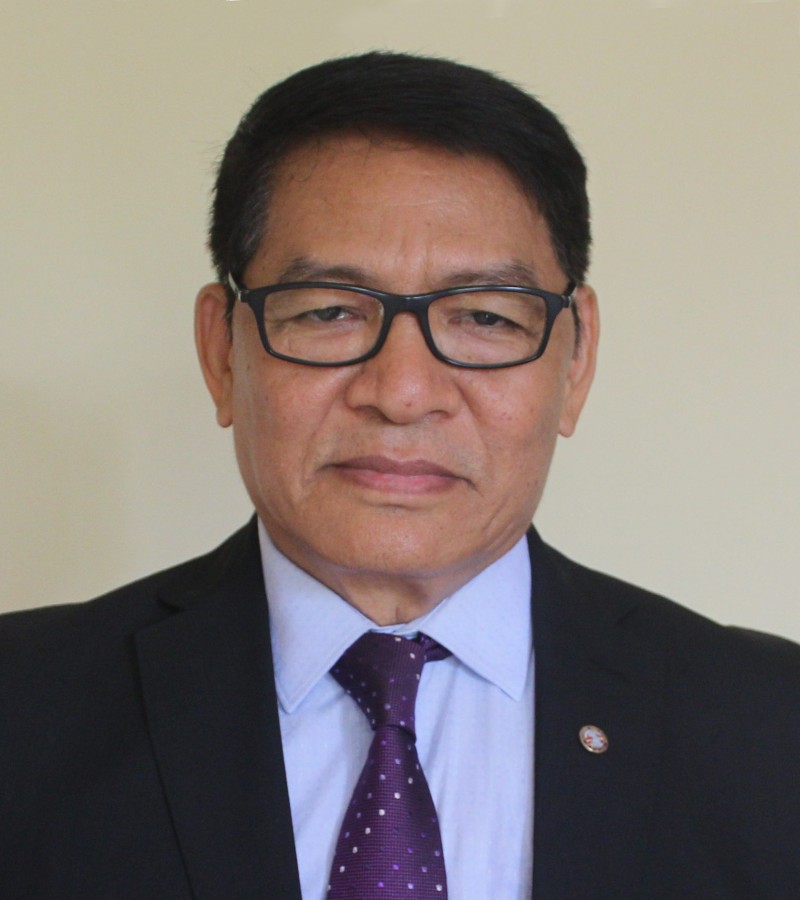Editorial
Catholic Institutes: Need for Fine-tuning some Areas of Concern
Opinion | Editorial | John S. Shilshi | 14-Dec-2020

While setting foot on the soils of different states of North-East India (then districts of the state of Assam), pioneer Catholic Missionaries encountered several hurdles. People and institutions, uncomfortable with the unfamiliar Catholic presence in the region, used every influence and resource at their disposal to thwart their entry. Some of the false narratives built to target them included possible compromise in national security, stirring communal tension and force conversions, which made the work of the missionaries slow even in places where they had permission to enter. However, with time, they braved both natural and man-made obstacles and got grounded in the region, including those areas considered godforsaken and soon got into acts of emancipation through establishment of educational institutions. There was no cherry picking – equal education was provided to sons and daughters of the soil from every community and religious groups, including the children of those who were fervently against the entry of these missionaries. Their humanitarian conduct impressed many, and resulted in people accepting Catholicism on their own accord. In other words, it was the Christian within them that evangelized. But most importantly, they enabled the region to have a footprint on the education map of the country.
In the years that followed, it became pretty obvious that Catholic institutions had changed the face of North East India. But it was never the Catholics or the institutions who boasted about it. Rather, it was the emergence of several luminaries from the region in various fields, who once had their grounding in those rugged compounds of the Catholic schools, which told the success story. Therefore, to state that the Catholic institutes were largely, if not solely, responsible for enabling men and women from the region to rub shoulders with their counterparts from other parts of India won’t be an overstatement. To this day, nothing much has changed. Despite the mushrooming of privately-run institutes, Catholic schools and colleges still hold sway, grabbing the limelight every result-time. For them, the present therefore is not very different from the past in spite of the stiff competition and several challenges the changing times have thrown up.
There are, however, areas where the Catholic institutes need to put in little more attention so as to be able to meaningfully adjust with requirements of the present time. Top of the priority list should be to churn out young people with leadership qualities, while the quest to produce toppers in Board and University examinations continues. This is necessary because in the present scheme of things, a decent percentage alone is not sufficient preparation to tackle or make foray into the extremely competitive world ahead. Secondly, schools must try and salvage reading habits, which is fast declining amongst students as consequence of technological improvement and gadget-friendly learning. Reading books being the mainstay for all quests for knowledge, students must be even tuned to reading beyond their text books. Third important point that Catholic institutes must consider is, to have robust counseling cells. This is of immense importance because unlike the olden days, when government jobs were the only windows of employment, the world today provides limitless avenues. Therefore, as much as sensitization on the job market is necessary, students must be also adequately enlightened on the merits and demerits of opting for a particular profession.
Alongside these academic fine-tuning, it is also time Catholic institutes seriously consider coming out of the isolationist mindset. The ‘simple-living high-thinking’ philosophy, long associated with Catholic education institutes, needs to open up to the outside world a little bit more. Their administrators need to understand that beyond the School Inspector and the Police Inspector, there are other delicate hierarchies - both in the civil as well as police set ups - in districts where Catholic institutes are rooted. Understanding them in perspective would always stand in good stead at critical junctures, while ignorance of them could at times cause embarrassment, and even misfire. Also, Catholic schools suffer a common ailment of forgetfulness; they forget their own alumni, unless reminded. The connections, therefore, are unfortunately very minimal. In order to get rid of this dementia, Catholic schools would be well advised to catalogue their past pupils in a databank, irrespective of which year the former student left the school. This will help in easy recalling of names, and the services of formers students, especially those who rose to position of prominence, and whose expertise could be utilized whenever required. It will also help in increasing the frequency of interactions.
We must not lose sight of the fact that meaningful relationship between former students and their Alma Mater could make a world of difference in the overall growth of the institutes. While we see this practice in some prominent Catholic institutes around the country, it should become a norm for all schools and colleges, particularly in this region. Learning from the past experience of those early Catholic missionaries, adapting to surroundings and encouraging public-institute contact, are some qualities we must continue to emulate.
Leave a comment
